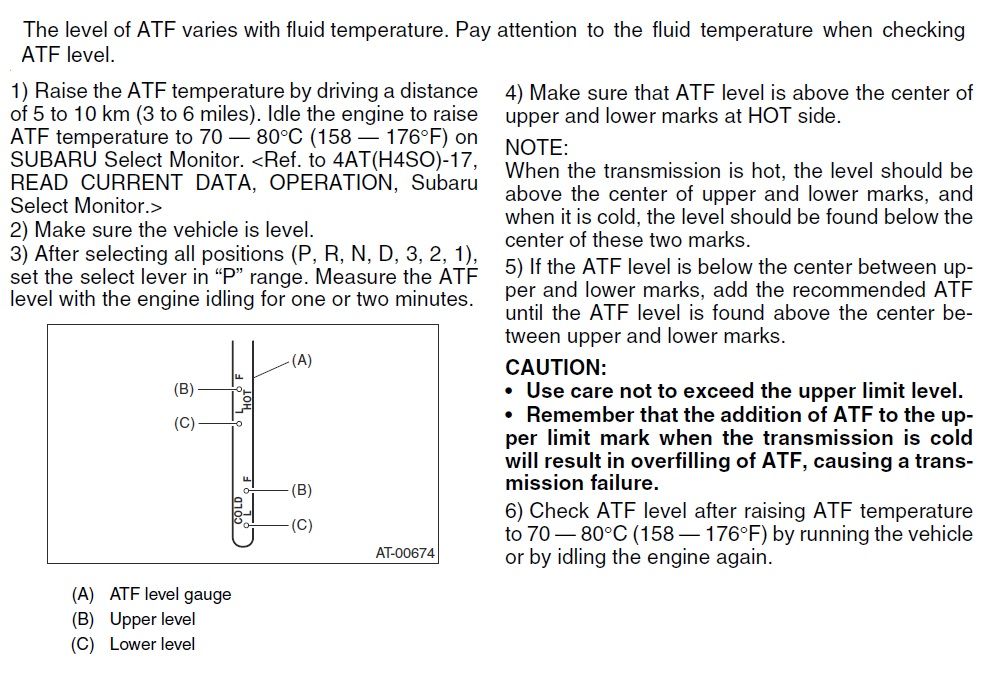Like most dipsticks, I find that it can be very difficult to tell how far up the fluid is on it. I am guessing that the 4EAT is no exception?
I have checked it with the vehicle stone cold and it is WAY WAY over the top dipstick holes. I checked it over and over again as I am pretty OCD when it comes to dipstick levels and this one is a pain to remove/clean/insert over and over.
I am concerned that the dipstick might be rubbing up against the side of the tube giving me a false positive. I can't really drive the vehicle right now because it needs a safety inspection.
Can the disptick be relied upon for level or not? Any pointers? I usually turn the dipstick on both sides just to be sure and both sides say overfilled. However, the fluid doesn't completely reach the sides of the dipstick either....making me think false positive.
Thanks for any info.
I have checked it with the vehicle stone cold and it is WAY WAY over the top dipstick holes. I checked it over and over again as I am pretty OCD when it comes to dipstick levels and this one is a pain to remove/clean/insert over and over.
I am concerned that the dipstick might be rubbing up against the side of the tube giving me a false positive. I can't really drive the vehicle right now because it needs a safety inspection.
Can the disptick be relied upon for level or not? Any pointers? I usually turn the dipstick on both sides just to be sure and both sides say overfilled. However, the fluid doesn't completely reach the sides of the dipstick either....making me think false positive.
Thanks for any info.







